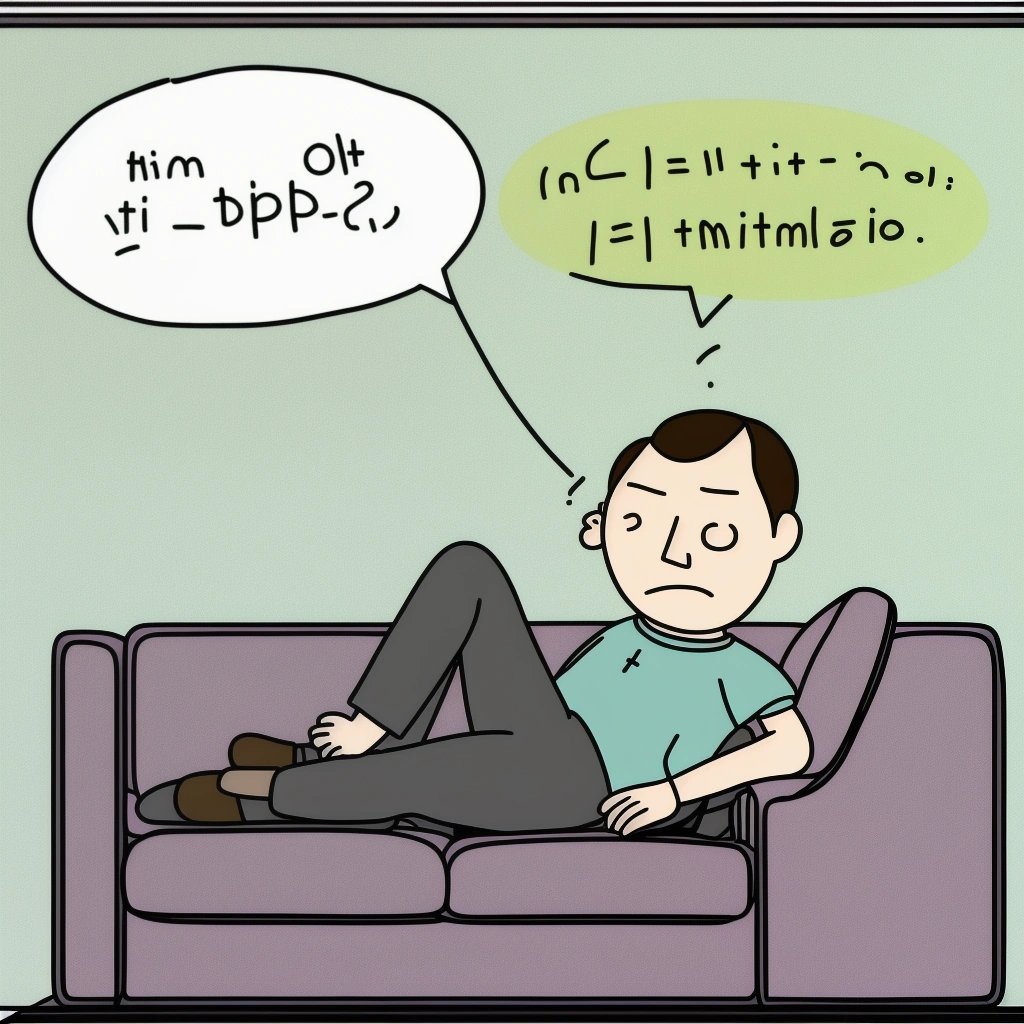Prepare to have your mind blown as we unveil the astonishing revelation behind the intractable Collatz conjecture that has puzzled mathematicians for years, and it has nothing to do with intelligence or hard work. We solved the Collatz conjecture for you so you didn't have to, and it turns out that the only reason you couldn't do it was because you were too lazy.
For decades, mathematicians around the world have dedicated countless hours, days, and even years attempting to solve the infamous Collatz conjecture. This simple yet elusive problem has stumped the greatest minds, challenging their intellect and perseverance. But fear not, lazy people of the world, for we have cracked the code and are here to reveal the truth behind this mathematical enigma.
The Collatz conjecture, formulated by German mathematician Lothar Collatz in 1937, is one of the most straightforward problems to comprehend but one of the most difficult to solve. It starts with any positive integer, then repeatedly applies one of two rules. If the number is even, divide it by 2, and if it is odd, multiply it by 3 and add 1. The conjecture posits that no matter which positive integer you begin with, eventually you will always end up at the number 1.
Mathematicians have tirelessly searched for a proof to confirm or debunk the conjecture. Countless theories, equations, and computations have been put forth, but none have successfully reached a definitive conclusion. The Collatz conjecture seemed impervious to human understanding and remained a tantalizing mystery.
But then, a group of brilliant yet profoundly lazy mathematicians stumbled upon the answer while slurping ramen noodles on their couches. It dawned on them that the real reason the Collatz conjecture had confounded the mathematical community for so long was not due to its complexity or unsolvability. No, it was simply because everyone was looking at it from the wrong perspective.
You see, the Collatz conjecture was never about complicated equations or intricate proofs. It was a test of the human spirit, specifically our laziness. The lazy mathematicians realized that the solution to the Collatz conjecture lay not in endless calculations or exhaustive reasoning but in embracing our natural inclination for simplicity and efficiency.
So how did these brilliant yet lazy individuals solve the Collatz conjecture? They simply stopped caring. They stopped wasting their time and energy on futile attempts to prove or disprove the conjecture. Instead, they accepted the innate laziness within themselves and recognized that the number 1 is, in fact, the ultimate endpoint for any positive integer under the Collatz conjecture's rules. It was a revelation that transcended logic and reason, and proved that sometimes the simplest explanation is the correct one.
With this groundbreaking realization, the lazy mathematicians revolutionized the world of mathematics, challenging the perception that hard work and intelligence were the only paths to solving complex problems. They showed that laziness and simplicity can be powerful tools in unraveling the mysteries of the universe.
In conclusion, the Collatz conjecture, once thought to be an unsolvable puzzle, has been cracked by the laziest minds in mathematics. It serves as a testament to the power of laziness and the beauty of simplicity. So, rejoice, lazy people of the world! The quest for mathematical enlightenment is not reserved for the industrious few, but for those who dare to embrace their inner laziness. The Collatz conjecture is solved, and it is all thanks to your inherent aversion to hard work.


